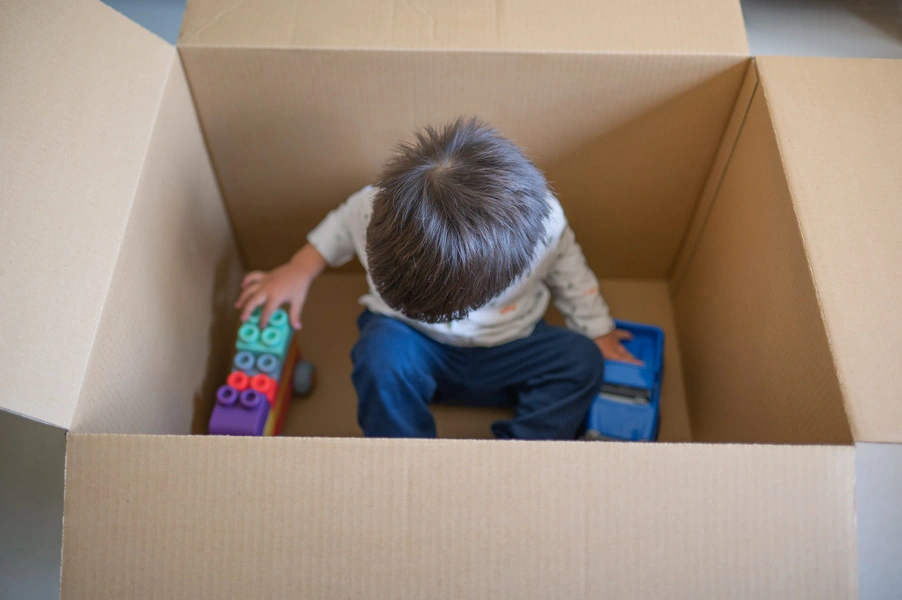Preparing Kids for a Big Move: Tips for Parents

Preparing Kids for a Big Move: Tips for Parents
Introduction
Moving can be challenging for kids, as it involves leaving familiar surroundings, friends, and routines. Here are some tips to help make the transition smoother and more positive for children.
1. Communicate Openly and Early
As soon as you know about the move, talk to your kids about it. Answer their questions honestly and reassure them that their feelings are valid. Being open can help them feel more secure and involved in the process.
2. Involve Kids in the Moving Process
Give your kids age-appropriate tasks to help with, like packing their toys or decorating boxes. Letting them feel like part of the process can ease anxiety and give them a sense of control.
3. Visit the New Neighborhood (if Possible)
If you’re able, take a trip to the new neighborhood to show your kids their future school, parks, or nearby attractions. This will help them feel excited and begin to visualize their new life.
4. Keep Familiar Routines
Try to maintain familiar routines as much as possible during the moving process. Regular bedtimes, mealtimes, and family activities provide stability, which is especially helpful during times of change.
5. Plan a Goodbye Party
Saying goodbye to friends can be hard, but a farewell party can create a positive experience. Allow your child to invite friends, take photos, and collect addresses or contact information.
6. Set Up Their Room First
Once you arrive, set up your child’s room first to provide them with a comforting space. Having their toys, books, and favorite bedding readily available can help them settle in more quickly.
7. Encourage New Friendships
Once settled, encourage your kids to participate in local clubs or activities. Making new friends and feeling part of the community will help them adjust to the new environment.
Conclusion
Moving with kids can be smoother with the right approach. By providing support, creating positive experiences, and involving them in the process, you can help your child feel more comfortable and excited about the change.